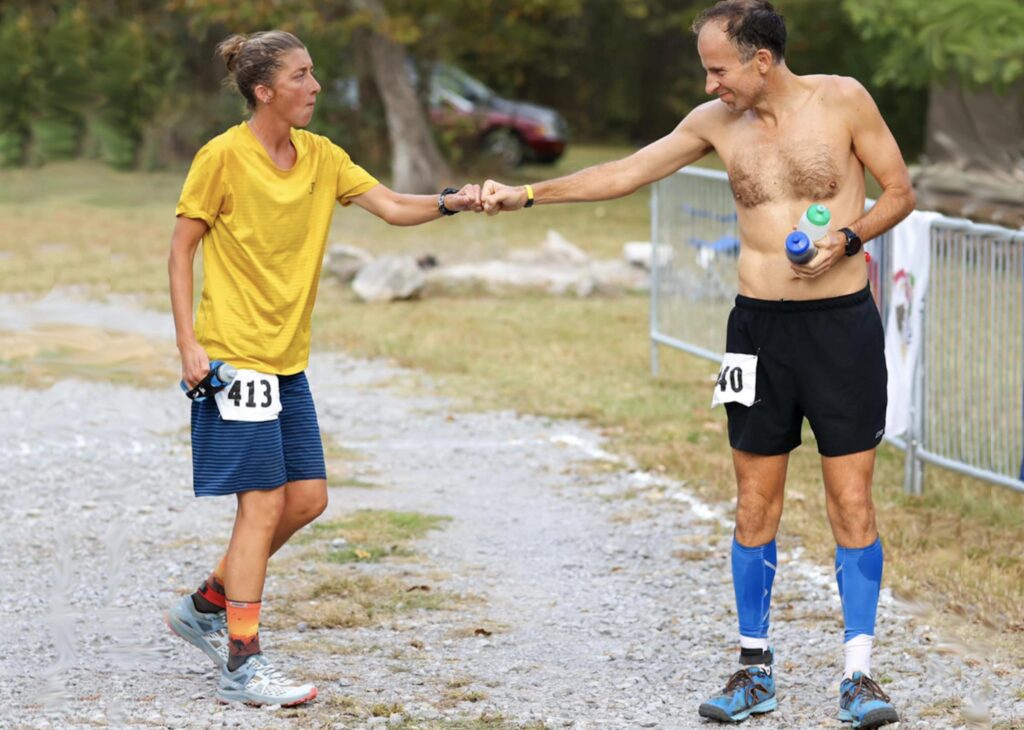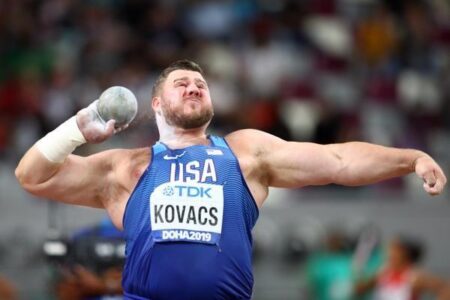Ultra-running sensation Courtney Dauwalter has officially stepped onto the professional marathon stage, marking a significant milestone in her illustrious career. Known for her dominance in ultra-distance events, Dauwalter’s debut in the traditional 26.2-mile race has drawn considerable attention from the running community. This article examines her performance, placing it in context with established marathon professionals and exploring what her transition means for the sport.
Courtney Dauwalter’s Transition From Ultra Runs to the Marathon Distance
Courtney Dauwalter’s move from ultra-distance trail running to the marathon road scene marks a striking evolution in her already illustrious career. Known for her seemingly boundless endurance and mental toughness over 100-mile-plus races, Dauwalter approached her marathon debut with the same unwavering confidence that has defined her ultra performances. Unlike the gradual pacing strategies common in ultras, the marathon requires a balance of speed and sustained effort over 26.2 miles-an entirely different challenge for an athlete accustomed to days-long events.
Her preparation highlighted key shifts in training focus:
- Increased emphasis on raw speed and lactate threshold workouts
- Shorter, more intense runs compared to the long, steady endurance miles of ultra training
- Refined nutrition and hydration strategies tailored to a faster race pace
Below is a glimpse at how her marathon debut stacks up against her previous ultra performances, showcasing her versatility across disciplines:
| Race Type | Distance | Best Time | Race Duration | Average Pace |
|---|---|---|---|---|
| Ultra Marathon | 100 miles | ~14:59 (Western States 100) | 15 hours | ~9:00 min/mile |
| Marathon | 26.2 miles | 2:27:33 (Debut) | 2.5 hours | ~5:40 min/mile |
Analyzing Her Debut Performance Against Established Elite Marathoners
Stepping onto the elite marathon scene for the first time, Courtney Dauwalter immediately proved she belongs in the conversation with the sport’s best. Despite debuting against seasoned professionals renowned for their tactical pacing and well-documented race strategies, Dauwalter’s performance demonstrated not only raw endurance but a strategic adaptability rarely seen in a rookie. Clocking a time that positioned her competitively within the top tier, she showcased a seamless transition from ultra-distance trail running to the fast-paced demands of road marathoning.
Her ability to maintain a consistent pace, even in the face of surges from established champions, indicates a maturity beyond her marathon experience. When breaking down key performance metrics:
- Split consistency: Dauwalter kept her km splits within a ±3-second range, rivaling veterans.
- Surge response: She responded effectively to mid-race accelerations without losing ground.
- Finishing speed: Exhibited a strong kick in the last 5km, holding off competitors.
| Athlete | Debut Marathon Time | Avg Pace (min/km) | Finish Position |
|---|---|---|---|
| Courtney Dauwalter | 2:26:47 | 3:29 | 4th |
| Veteran A | 2:24:15 | 3:26 | 2nd |
| Veteran B | 2:27:03 | 3:30 | 5th |
What Runners Can Learn From Dauwalter’s Training and Race Strategy
Courtney Dauwalter’s approach to marathon training defies conventional norms, emphasizing volume and intuitive pacing over rigid speed work. Her weekly mileage often exceeds 100 miles, built around varied terrain rather than repetitive track sessions. This focus on endurance conditioning allows her to maintain a steady, sustainable pace during race day, minimizing the risk of burnout or injury. Runners looking to emulate her success should consider integrating long, slow distance runs with occasional back-to-back long days to enhance muscular stamina and mental resilience.
Her race strategy also sheds light on the art of patience and self-trust. Instead of chasing early splits, Dauwalter embraces a negative-split approach, starting conservatively and accelerating as other competitors fade. Key lessons include:
- Listen to your body: Adapt intensity based on daily feedback rather than fixed plans.
- Prioritize recovery: Regular rest days and nutrition tailored to high mileage prevent overtraining.
- Choose terrain strategically: Training on trails and hills builds strength transferable to road racing.
| Training Component | Dauwalter’s Focus | Key Benefit |
|---|---|---|
| Weekly Mileage | 100+ miles | Enhanced Endurance |
| Speed Work | Limited, trail-based intervals | Injury Prevention |
| Race Pacing | Conservative start, negative split | Energy Conservation |
To Conclude
Courtney Dauwalter’s pro marathon debut adds an impressive chapter to her already storied ultrarunning career. Her performance not only highlights her versatility across distances but also sets a new benchmark for endurance athletes transitioning to the marathon scene. As she continues to push boundaries, Dauwalter remains a compelling figure to watch in the evolving landscape of long-distance running.





